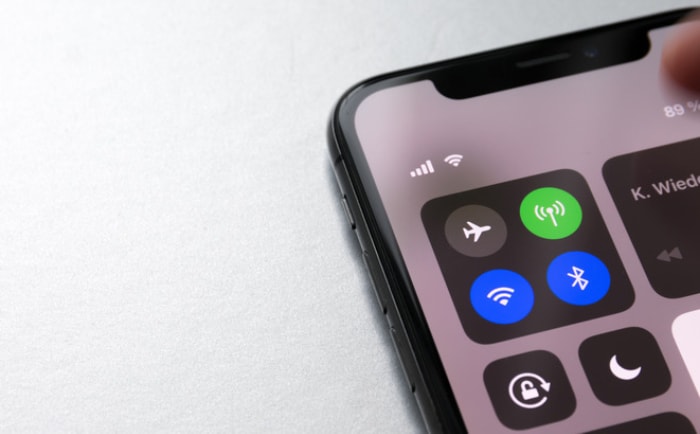Earbuds vs. IEMs: Sound, Comfort, and Value Compared
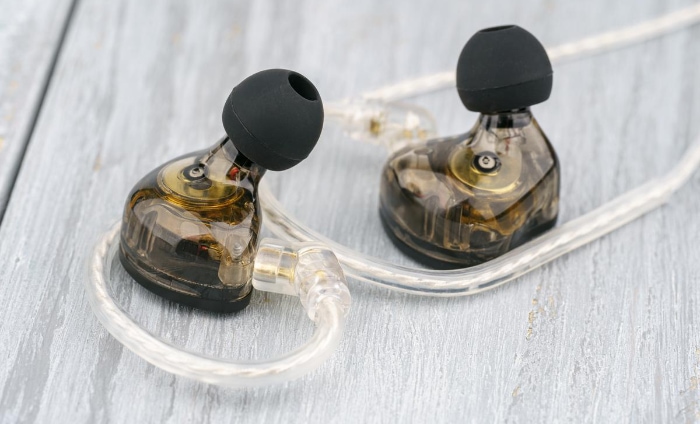
Finding the perfect way to enjoy music on the move or focus during work can often come down to choosing between earbuds and in-ear monitors (IEMs). Earbuds perch lightly at the entrance of your ear, offering quick access and casual comfort, while IEMs nestle deeper for a more immersive and precise listening experience often favored by musicians and audio professionals.
With so many options available, from affordable models to high-end custom fits, making the right choice depends on your daily routine, listening preferences, and budget.
Design and Purpose
Choosing between earbuds and in-ear monitors (IEMs) often comes down to a close look at their design and intended purpose. Both options serve the needs of listeners, but each offers a different approach to how music, podcasts, and calls are experienced.
Design influences everything from comfort and convenience to the quality and accuracy of sound. Build quality also plays a major role in determining the product’s durability and suitability for various settings.
Anatomy
Earbuds are often recognizable by their simple, rounded shape. They rest just at the opening of the ear canal without entering very deeply.
This outer-ear placement allows for quick on-and-off use, which is especially handy for those who frequently switch between listening and interacting with their environment.
In contrast, IEMs are designed to fit snugly inside the ear canal. They reach further in, creating a more isolated listening experience.
The deeper insertion means that IEMs form a tighter seal, which helps block out external noise and delivers audio more directly to the ear. This anatomical difference is a major reason why many audio professionals and enthusiasts gravitate toward IEMs for focused listening.
Intended Use
Earbuds cater to casual listeners looking for convenience and portability. Their lightweight profile and ease of storage make them ideal for commuting, workouts, and hands-free phone calls.
With user-friendly controls and a design that lets in some ambient sound, earbuds suit people who prefer a less intrusive fit and need to stay aware of their surroundings.
IEMs, on the other hand, are engineered for precision and performance. Musicians, sound engineers, and critical listeners rely on IEMs for their ability to deliver clear, detailed audio in demanding environments.
The secure and isolated fit allows for accurate monitoring during studio sessions or live performances, while also serving anyone seeking a more immersive and distraction-free experience.
Build Quality
Most earbuds use lightweight plastic shells, which helps keep costs low and the overall design compact. While these materials are sufficient for everyday use, they can be less robust and sometimes more prone to wear over time, especially in harsh conditions or with frequent daily use.
IEMs typically feature higher-quality materials such as durable resin or even custom-molded acrylic for a tailored fit. The use of stronger, more resilient components not only extends the lifespan of the product but also enhances comfort and noise isolation.
Custom-molded IEMs are crafted to fit the unique shape of an individual’s ears, ensuring a secure and reliable seal. This attention to build quality supports the high expectations of users who rely on their audio gear for more than casual listening.
Sound Quality and Technical Performance
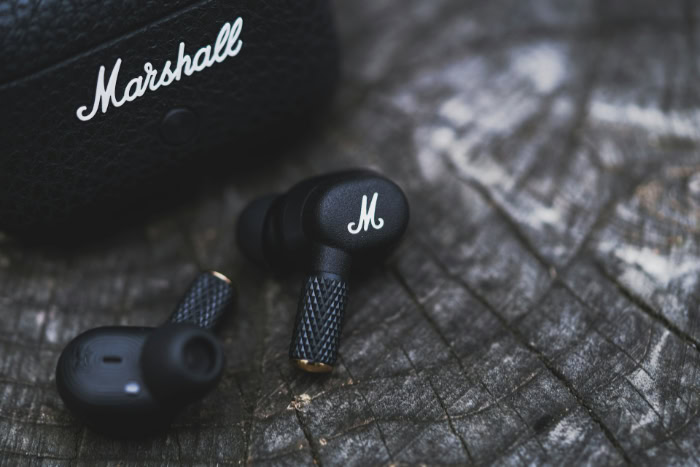
Sound quality and technical performance can be deciding factors for anyone serious about their listening experience. Each type of audio device approaches sound reproduction in distinct ways, shaping the way music and other audio content are heard.
From the technology powering them to their responsiveness and accuracy, the differences between earbuds and IEMs are significant for users who value either convenience or an authentic sound.
Drivers
Most earbuds rely on a single dynamic driver in each earpiece. This simple approach allows manufacturers to create compact, lightweight products suitable for everyday listening.
While dynamic drivers can produce a satisfying sound, especially for casual genres, their single-driver design often means less separation between instruments and a more blended soundstage.
IEMs, on the other hand, frequently utilize advanced driver setups. Many models feature multiple drivers, including balanced armature, dynamic, or even hybrid combinations.
Each driver is responsible for a specific range of frequencies, such as bass, midrange, or treble. Splitting the workload in this way enables IEMs to deliver greater clarity, detail, and separation across the audio spectrum, which appeals to musicians, audio engineers, and critical listeners seeking every nuance in a track.
Frequency Response
Earbuds are commonly tuned to favor bass frequencies. The result is a warm, punchy sound profile that works well for pop, hip-hop, and electronic music.
This tuning often masks finer details in the upper ranges, trading accuracy for fun and energy in casual listening settings.
IEMs are typically engineered with a more neutral or flat frequency response. This balanced profile is designed to reproduce sound as accurately as possible, making IEMs the tool of choice for those who need to analyze audio for work or passion.
Clear mids, crisp highs, and controlled bass help reveal subtle elements in songs and recordings, offering a level of precision that casual earbuds rarely match.
Latency
Wireless earbuds often rely on Bluetooth technology to transmit audio from your device. While convenient, Bluetooth can introduce noticeable latency, especially during video playback or gaming.
Audio and visual signals may lose synchronization, creating a lag between what you see and what you hear. Even with the latest protocols, some delay remains, which can be distracting for sensitive users.
IEMs are usually connected by wire, allowing for a much more immediate audio transmission. The absence of wireless protocols means minimal latency, making IEMs ideal for live monitoring, studio work, and situations where timing and accuracy are crucial.
The reliability of a direct wired connection appeals to professionals and anyone who wants the assurance of real-time sound.
Comfort and Noise Isolation
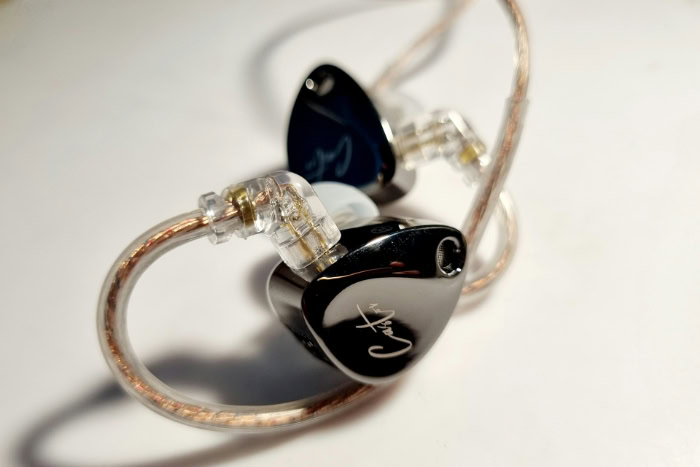
Comfort and the ability to block out unwanted noise are vital aspects of any audio device, especially for those who spend long hours listening or need to focus in busy environments. The design of earbuds and IEMs directly impacts how they feel during extended use, as well as how effectively they can shield you from surrounding sounds.
Differences in fit options and construction styles influence not only your comfort but also your level of immersion and listening satisfaction.
Fit Options
Earbuds generally feature a one-size-fits-most design. Their rounded shapes rest at the entrance of the ear, which allows for quick placement and removal.
For people with average ear shapes, this style can be comfortable enough for short periods, especially during commutes or quick sessions at the gym. However, since they do not provide a customizable fit, some users may experience slipping or discomfort if their ears do not match the shape of the earbuds.
IEMs offer far more versatility in terms of fit. Most models come with a variety of replaceable ear tips in different sizes and materials, such as silicone or foam.
This allows users to select the tip that’s most secure and comfortable for their unique ear canal. Higher-end IEMs may even be custom-molded by an audiologist to fit the exact contours of your ears, ensuring an exceptionally stable and personalized experience.
Isolation Effectiveness
Earbuds typically provide only a modest level of noise reduction. Sitting loosely at the ear canal’s entrance, they allow in plenty of outside noise.
Most users can expect about 5 to 10 decibels of noise attenuation, which may be enough for basic background music in quieter settings but is less effective in busy, crowded environments.
IEMs excel at passive noise isolation. Thanks to their deep, snug insertion and tailored ear tips, IEMs can reduce external noise by 20 to 30 decibels, creating an almost cocoon-like effect.
This substantial isolation is valuable for musicians on stage, travelers on airplanes, or anyone looking to focus in a noisy office. Blocking out more ambient noise also means lower listening volumes, which can be beneficial for long-term hearing health.
Long-Term Wear
Many people find that earbuds, while convenient, become uncomfortable or even irritating when worn for extended sessions. Their loose fit can lead to constant readjustments, and pressure on the outer ear may cause fatigue over time.
Users often need to take frequent breaks, especially if the earbuds do not align perfectly with their ear shape.
IEMs are specifically engineered for stability and comfort over long durations. With the right tips or a custom-molded fit, they sit securely without creating uncomfortable pressure points.
Musicians and audio professionals regularly wear IEMs for several hours at a time, benefiting from both the secure fit and noise isolation. The result is an experience that minimizes fatigue and allows for extended, uninterrupted listening.
Use Case Scenarios

Matching the right audio device to your specific needs can drastically improve your listening experience, whether you are a casual listener or a professional. Each type, from simple earbuds to advanced IEMs, shines in different environments and situations.
By looking at where each excels, you can find a solution that best supports your daily activities and audio expectations.
Best for Earbuds
Earbuds are a practical choice for everyday life. Their compact size and lightweight build make them flawless companions for workouts, allowing you to move freely without feeling weighed down.
Many people reach for earbuds during commutes or travel due to their quick access and ability to fit in nearly any pocket or bag. With integrated microphones and easy-to-use controls, hands-free calls are simple and efficient, making them ideal for those who need to stay connected on the go.
For casual music listening or podcasts, earbuds deliver enough sound quality to keep things enjoyable without demanding complete immersion. Their design lets in a bit of ambient noise, which can be useful when you need to stay aware of your surroundings while out and about.
Best for IEMs
IEMs stand out in environments where precision and focus are top priorities. Studio professionals choose IEMs for monitoring and mixing because of their superior clarity and detailed sound reproduction.
Live performers benefit from their secure fit and effective isolation, which enables clear communication and accurate pitch even amid loud stage volumes. Critical music listeners who crave the finest audio details also gravitate toward IEMs, as they reveal nuances often lost with standard earbuds.
In noise-sensitive settings, such as airplanes, bustling offices, or busy public spaces, IEMs offer the kind of isolation that allows you to retreat into your music or work without distraction.
Hybrid Needs
Some users require a balance of features offered by both categories. High-end wireless earbuds with active noise cancellation bring together portability, wireless convenience, and effective noise reduction.
These options are perfect for tech enthusiasts who want a blend of modern features and respectable sound without the complexity of separate components. On the other end, budget wired IEMs cater to those who seek better sound quality and isolation but are not ready to invest in professional-level gear.
Choosing between advanced wireless earbuds and affordable IEMs often comes down to which combination of features, performance, and price feels right for your everyday routine.
Cost Considerations and Long-Term Value
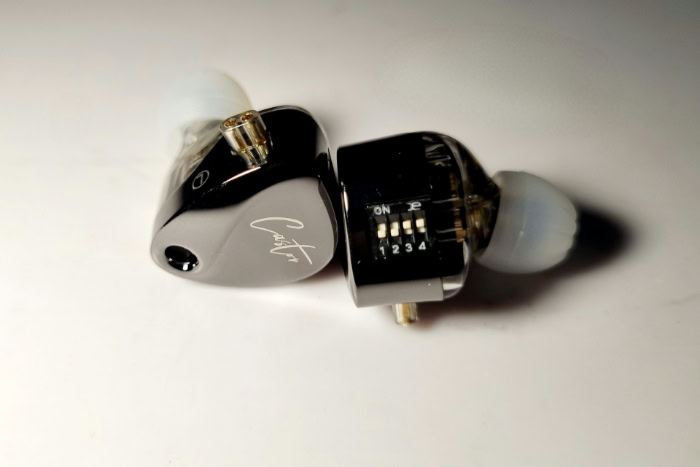
Budget plays a significant role in the decision between earbuds and IEMs, but cost is not just about the initial purchase price. Factoring in durability, repairability, and the potential for customization will help paint a clearer picture of overall value.
Price Ranges
Earbuds typically range from around $20 for basic wired or entry-level wireless models to roughly $300 for premium wireless earbuds with features like active noise cancellation and advanced connectivity. Brands often focus on offering the latest convenience features and sleek designs within this range.
Higher-end earbuds may deliver stronger performance, but improvements beyond a certain price point can sometimes be subtle for the average listener.
In the IEM market, prices usually start at around $50 for universal-fit models. Performance and build quality often scale alongside price, with professional-grade or custom-fit IEMs that can exceed $1,500.
Custom-molded versions, designed to fit an individual’s ear precisely, typically sit at the top end of this spectrum and appeal to musicians or audio enthusiasts who want tailored comfort and the clearest possible sound.
Durability
Durability is another area where IEMs and earbuds differ noticeably. Most wireless earbuds feature sealed designs with integrated, non-repairable batteries.
Over time, battery life can wane, and once exhausted, replacement usually requires purchasing an entirely new set. Drop resistance and water resistance may be advertised, but when a part fails, repair options are typically limited.
IEMs, especially in higher price tiers, often use more robust materials and allow for part replacements. Cables and ear tips are typically detachable and can be swapped if damaged or worn.
Custom-molded IEMs can be serviced and maintained for many years, making them a more sustainable investment for users who value longevity and upgrade potential.
Customization
Customization brings additional costs and benefits, particularly with IEMs. Standard earbuds offer little room for personalization beyond possibly changing silicone tips.
In contrast, IEMs can be customized extensively, with options for different colors, faceplates, and, most importantly, custom ear molds created by audiologists. The process of undergoing a fitting and manufacturing custom shells can add several hundred dollars to the total cost, but it results in a superior fit, enhanced comfort, and a perfect acoustic seal.
For those who require the best possible user experience, especially professionals or dedicated audiophiles, this investment may be easily justified.
Conclusion
Choosing between earbuds and IEMs ultimately comes down to what matters most in your daily life. If convenience, portability, and quick access are priorities, especially for casual listening, calls, or workouts, earbuds offer an easy and practical solution.
Those seeking the highest level of sound precision, excellent noise isolation, and a secure fit for long sessions will find IEMs deliver a more immersive and refined experience. This is particularly valuable for musicians, professionals, and audiophiles.
Budget is another important aspect to weigh. Earbuds meet most everyday needs at a lower price and with minimal fuss, while IEMs can represent a larger investment but compensate with superior longevity and customization options.
Consider how factors like comfort, durability, and use-case scenarios match your typical routine.
Above all, the best choice aligns with your lifestyle, listening habits, and long-term goals. Assess your personal requirements, think about where and how you use your audio gear most, and let those needs guide you to the perfect fit for your ears and your everyday soundtrack.

